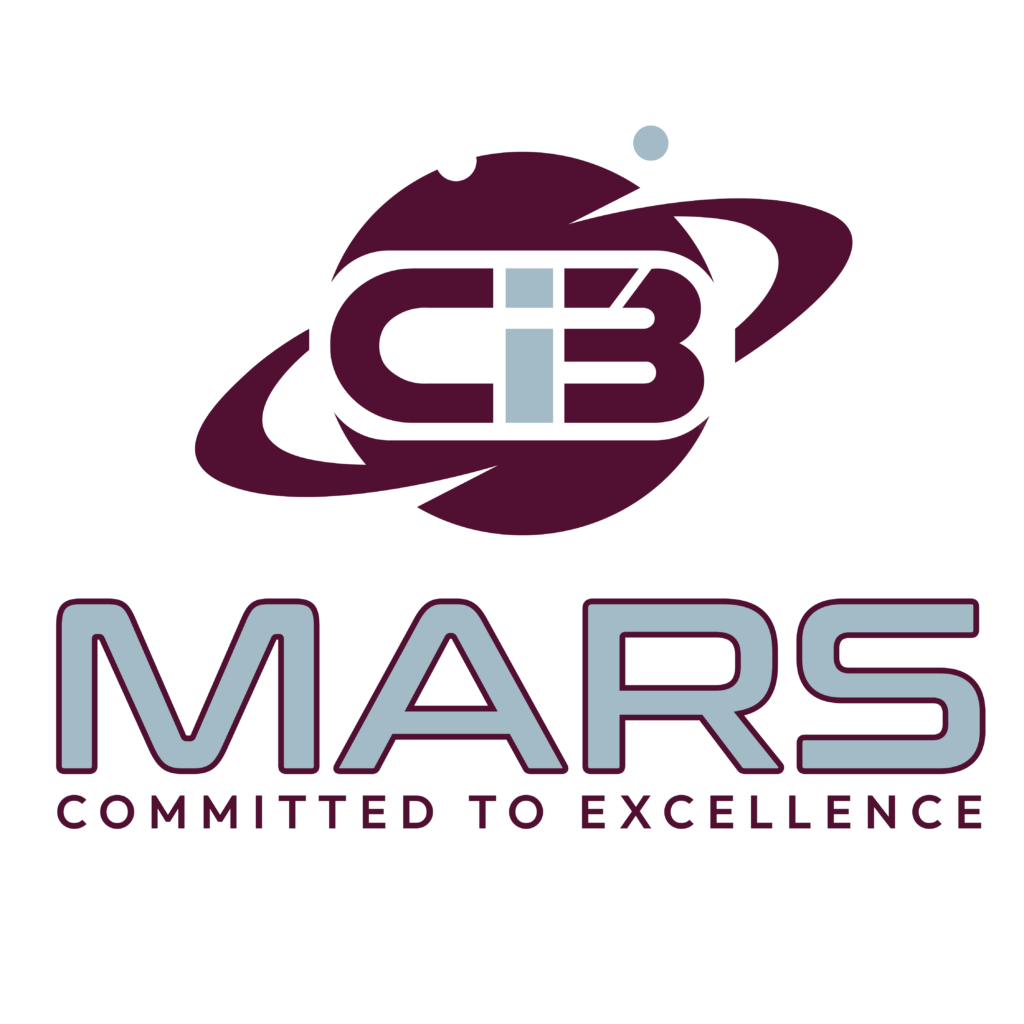ISO 13485
Medical devices
ISO 13485 is an international standard that specifies requirements for a quality management system (QMS) for organizations involved in the design, development, production, installation and servicing of medical devices. It is designed to ensure that medical devices are safe, effective and meet regulatory requirements. One of the key principles of ISO 13485 is a focus on risk management throughout the product lifecycle. This includes identifying and assessing risks associated with the medical device, as well as implementing measures to mitigate these risks. By incorporating risk management into their QMS, organizations can ensure that their medical devices are safe for use by patients and healthcare professionals.
What is ISO
13485 Medical devices
ISO 13485 requires organizations to demonstrate compliance with regulatory requirements relevant to their medical devices. This includes ensuring that their QMS is in accordance with applicable regulatory requirements and that they have processes in place for managing regulatory requirements throughout the product lifecycle.
Overall, ISO 13485 provides a framework for organizations to establish and maintain a QMS that ensures the quality and safety of their medical devices. By implementing ISO 13485, organizations can enhance customer satisfaction, improve the safety and effectiveness of their medical devices, and demonstrate compliance with regulatory requirements.
Principles of ISO 13485 Medical devices
The principles of ISO 13485 for medical devices are based on a set of fundamental concepts that guide the development and implementation of a quality management system (QMS) for medical device manufacturers. These principles include:
Customer Focus: The organization should understand and meet the needs and expectations of its customers, including regulatory requirements and safety standards.
Leadership: Top management should demonstrate leadership and commitment to the QMS, ensuring its effectiveness and alignment with the organization’s objectives.
Engagement of People: All employees should be engaged and involved in the QMS, contributing to its effectiveness and improvement.
Process Approach: The organization should adopt a process approach to manage its activities and resources, ensuring consistent and predictable results.
Improvement: The organization should continually improve the effectiveness of the QMS through the use of quality policy, objectives, audit results, analysis of data, corrective and preventive actions, and management review.
Evidence-Based Decision Making: Decisions should be based on the analysis and evaluation of data and information.
Relationship Management: The organization should manage its relationships with relevant external providers and stakeholders to enhance value creation.
Risk-Based Thinking: The organization should consider risks and opportunities throughout the QMS to enhance its capabilities and achieve desired results.
Regulatory Compliance: The organization should ensure compliance with applicable regulatory requirements and standards related to medical devices.
Continual Improvement: The organization should strive for continual improvement of the QMS and its processes to enhance customer satisfaction and meet regulatory requirements
Benefits of ISO 13485 Medical devices
Implementing ISO 13485 can provide several benefits to organizations involved in the design, development, production, installation and servicing of medical devices. Some of the key benefits include:
- Enhanced Product Quality: ISO 13485 helps organizations establish and maintain effective quality management systems, leading to improved product quality and reliability.
- Increased Customer Confidence: Certification to ISO 13485 demonstrates that an organization is committed to quality and compliance with regulatory requirements, which can increase customer confidence in its products.
- Improved Regulatory Compliance: ISO 13485 helps organizations ensure compliance with regulatory requirements applicable to medical devices, reducing the risk of non-compliance and associated penalties.
- Enhanced Market Access: Certification to ISO 13485 can facilitate market access, as many regulators and customers require or prefer suppliers to be ISO 13485 certified.
- Streamlined Processes: ISO 13485 promotes the adoption of efficient and effective processes, leading to reduced waste, improved productivity, and cost savings.
- Risk Management: ISO 13485 emphasizes risk management throughout the product lifecycle, helping organizations identify and mitigate risks associated with their products.
- Continuous Improvement: ISO 13485 requires organizations to continually improve their quality management systems, leading to ongoing improvements in product quality and customer satisfaction.
- Competitive Advantage: Certification to ISO 13485 can provide a competitive advantage, as it demonstrates a commitment to quality and customer satisfaction
Frequently Asked Questions
ISO 13485 is important because it helps organizations ensure that their medical devices are safe, effective, and meet regulatory requirements. It also helps organizations improve their quality management systems and enhance customer satisfaction.
ISO 13485 can be used by any organization involved in the medical device industry, including manufacturers, suppliers, distributors, and service providers.
ISO 13485 is based on the ISO 9001 standard but includes additional requirements specific to the medical device industry, such as risk management, regulatory compliance and traceability.
Some benefits of ISO 13485 certification include enhanced product quality, increased customer confidence, improved regulatory compliance, and streamlined processes.
To become ISO 13485 certified, an organization must implement a quality management system that meets the requirements of the standard and undergo a certification audit by an accredited certification body.
ISO 13485 helps organizations comply with regulatory requirements applicable to medical devices by providing a framework for establishing and maintaining a quality management system.
